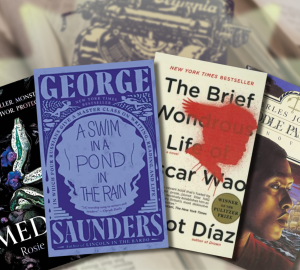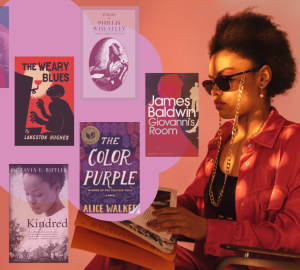
Billed as a book for bored housewives, E.L. James’s “Fifty Shades of Grey” is decidedly worse than the source material that inspired it. At the forefront of the novel is the sexual relationship between Christian Grey, a young sexually deviant billionaire with a tragic backstory, and Anastasia Steele, a young virginal college student. James may have wanted the reader to sympathize with Christian as he tries to deal with his past and cultivate a relationship with Anastasia, but these characters are flat and inconsistently written. Beyond wanting to see what hijinks they will get up to in the red room, Christian’s BDSM sex chamber, there is very little motivation to follow Anastasia and Christian’s Story for two more books, let alone the 530 pages of the first installment.
While some may have seen the relationship between Anastasia and Christian as believable and the sex scenes titillating, most saw this as a source for ridicule (along with James’s affinity for -ly adverbs). This book has been widely parodied and even read aloud by Gilbert Gottfried, David Sedaris and George Takei to hilarious effect. Unfortunately, this book is not in on the joke, and the only saving grace for this book is its unintentional humor. It wants to be taken seriously and demands that Anastasia and Christian become a part of the modern pantheon of iconic lovers. Here is how it could have been better.
If Christian was not a billionaire playboy with a tragic back story
Anastasia, for the most part, was normal. She was anxious about post-graduation life, worked a low paying job that had nothing to do with her major and went drinking with her friends occasionally. Christian, with all of his wealth and mother issues, was never a believable character. The moment when he uttered the infamous line, “I am fifty shades of f*** up,” was not character defining, but illustrated James’s lack of subtlety and ability to construct consistent, complex characters. Without Christian’s backstory, this narrative could have been intentionally funny.
Rather than meeting through an implausible interview for a college paper, Anastasia and Christian could have met through Tinder or an equally cringe-worthy fictionalized dating app. Christian would still have a red room, but in a more modest apartment instead of a swank penthouse bachelor pad. Instead of being a suave billionaire, Christian should have been someone who worked in middle management and took himself too seriously. By minimizing Christian’s story, this could have been the story of Anastasia’s sexual misadventures during a time of transition. Her ridiculous inner monologue, complete with a dancing inner goddesses and feather boas, would have been better served in a story meant to make readers laugh.
“Fifty Shades of Grey” already made readers laugh. It would have been better if that was its intention.






















